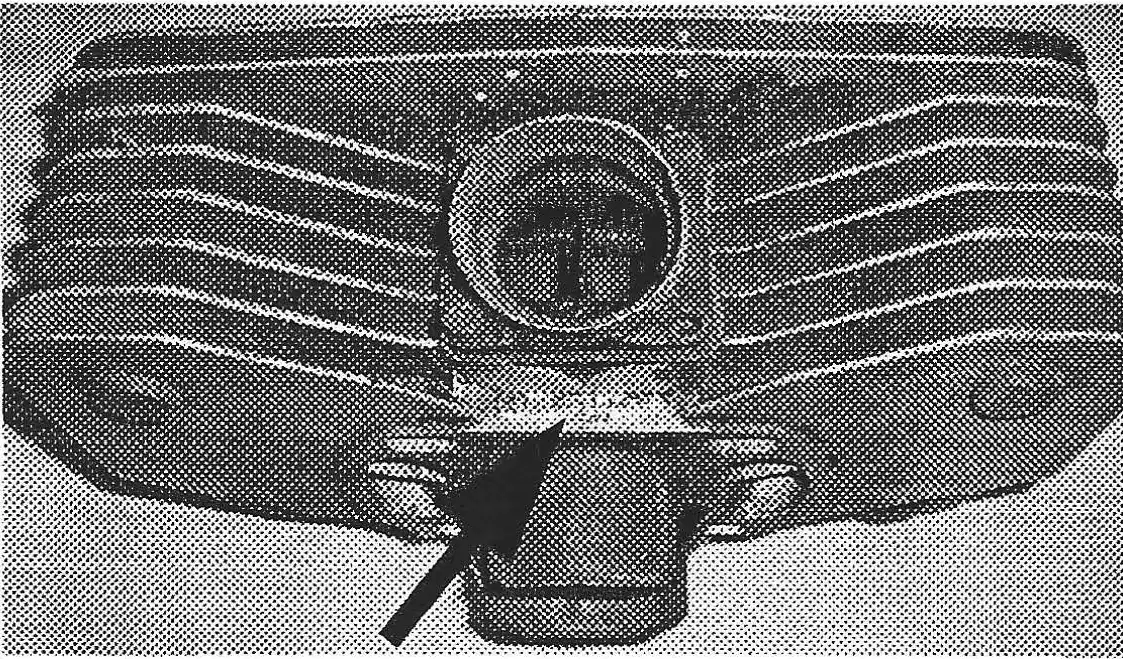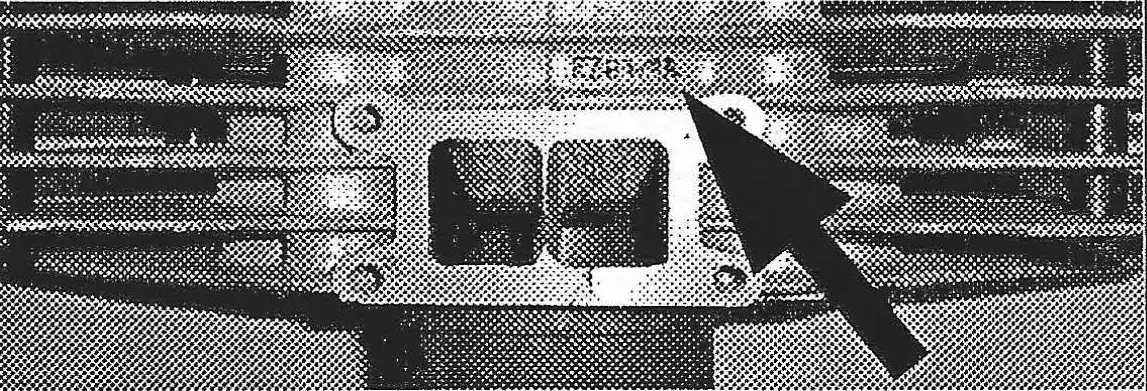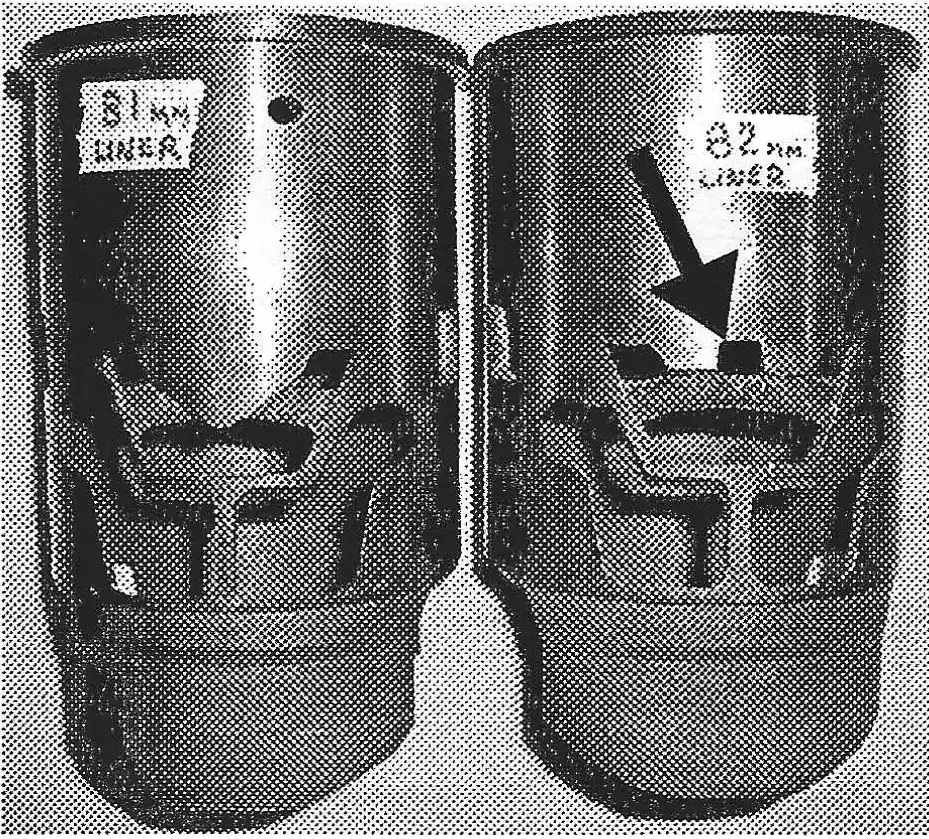KTM 250 & 400 Cylinders
What's The Difference
by Alan Buehner
Originally printed in the 2005 issue #29 of Still….Keeping Track
At first glance it is hard to distinguish a 250cc cylinder from a 400cc cylinder if they are bolted onto the bottom end. They both have large fins and the bolt hole patterns on the heads are the same. A quick check of the serial number on the engine case (ignition side, just below the cylinder) will tell you what size it is. The first number is the year, the next two numbers are the code for the size (54=250 / 55=400).
KTM was consistent in their manufacture of 250 and 400 cylinders from 1973 to 1982. They were all piston-port, air cooled cylinders with large fins. Although KTM did not introduce reed valves until 1982, they performed well and were competitive up until their reed replacements. (note: the 400 was discontinued and replaced by the 420) Looks can be deceiving. Even though the cylinders looked the same during their time span, changes were made.
The most obvious and widely unknown change KTM made was the sleeve/bore size. The 250's started out with 71mm and were changed to 71.25 in 1977. The 400's started out with 81mm and were changed to 82mm in 1978. What this means is that when it comes time to re-sleeve the cylinder, you must identify what size sleeve you need.
All KTM cylinders are identified by casting marks which are found above the intake ports (on the early 250's the markings are below the exhaust port). They are easier to see and read if the intake manifold is removed.



Examples of what you can expect to find are:
| 200 | 400 |
| EZ 71/1R ELKO | EZ 81/1R |
| EZ 71/2R | ELKO EZ 82/2R |
| EZ 71.25/2R |
EZ is the manufacturer's identification which stands for "Elko Zylinder." The number before the slash mark indicates the sleeve size and standard piston size. The number after the slash mark followed by an R identifies which revision the cylinder is.
The revision numbers identify the subtle changes that KTM made to their cylinders. These changes were made to the intake, exhaust, and transfer ports where they were raised slightly (approximately 1mm) to change the performance (power band) of the engine. The following , measurements show what the differences are:
| Cylinder | Top of exhaust port | Top of transfer ports | Top of rear boost port |
| 71/1R | 35mm | 49.5mm | 52mm |
| 71/2R | 34 | 50 | 47.5 |
| 71/4R | 34 | 49.5 | 49 |
| Carl Cranke | 33 | 48.5 & 47.5 | 48.5 |
| 81/1R | 38.25 | 55.5 | 55.5 |
| 82/2R | 39 | 54 | 56 |
Note: distance from top of cylinder to bottom of ports were unchanged. I included Carl Cranke's 250 porting specs to show how KTM's changes compared. Carl's specs also call for widening of the exhaust and two of the transfer ports. The width of KTM's ports appear to be unchanged.



